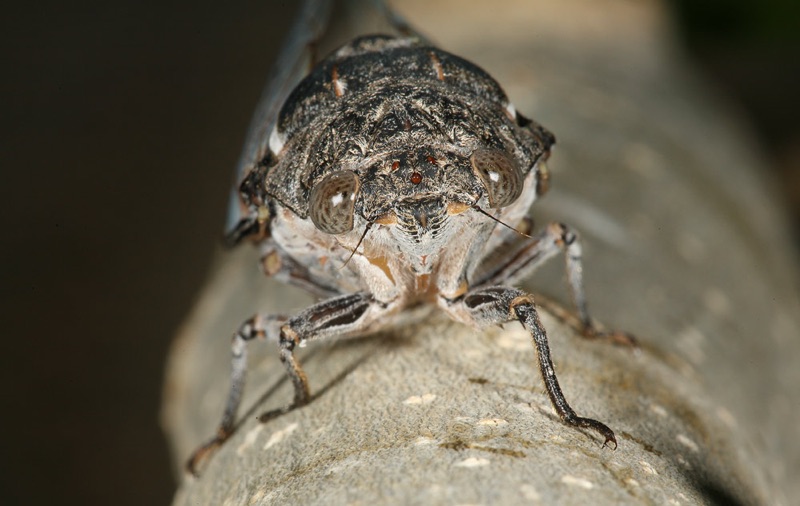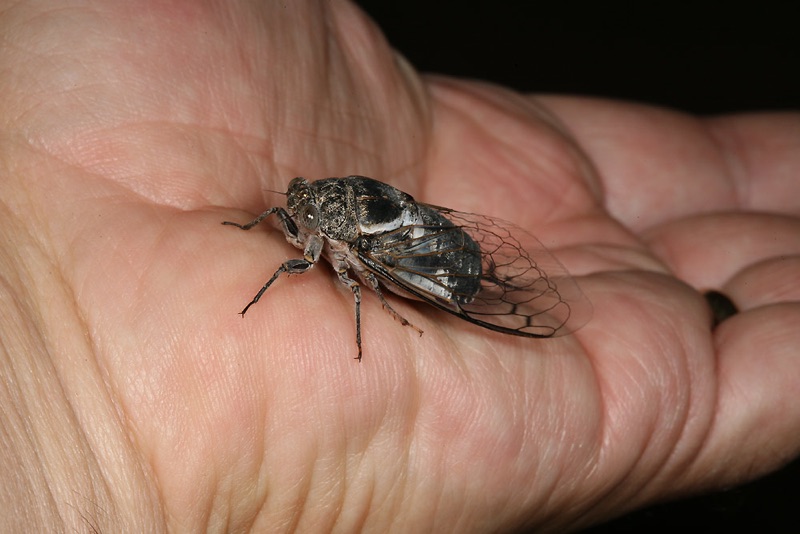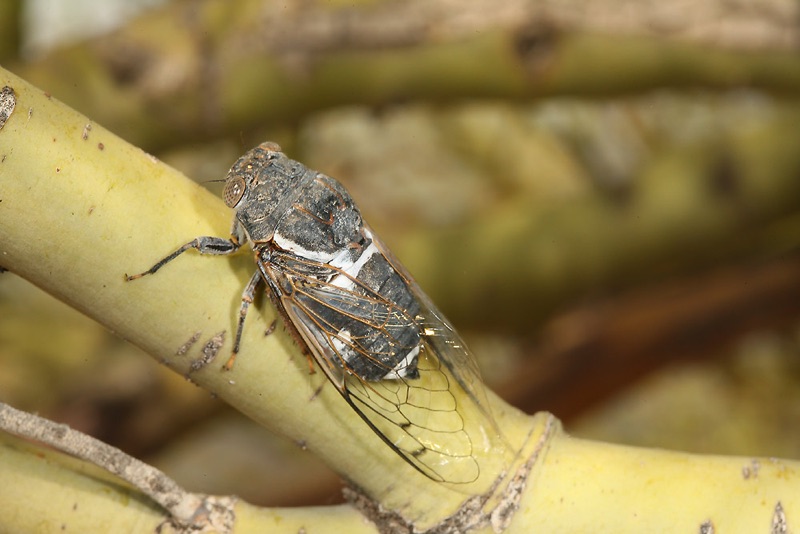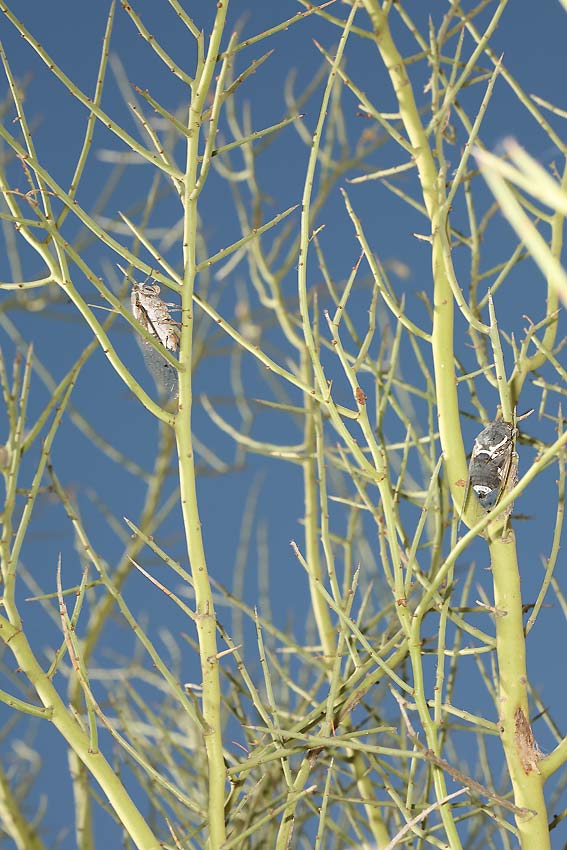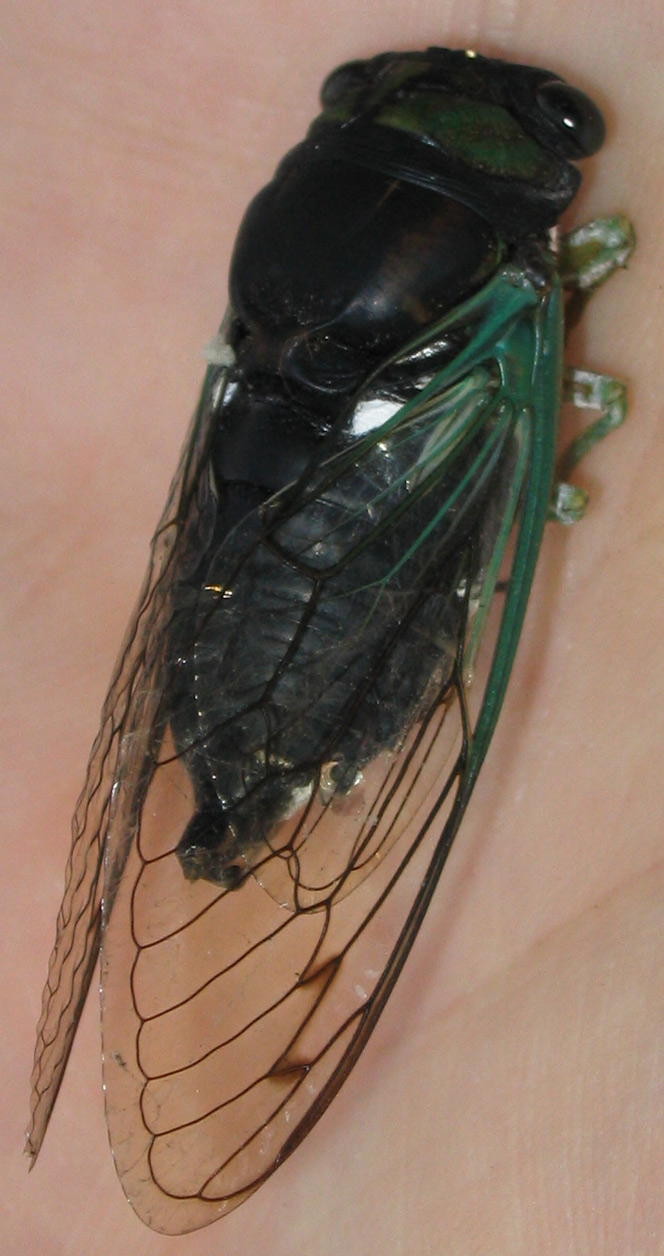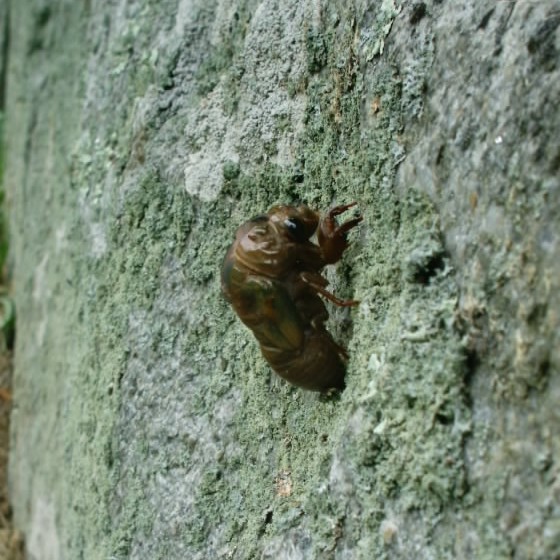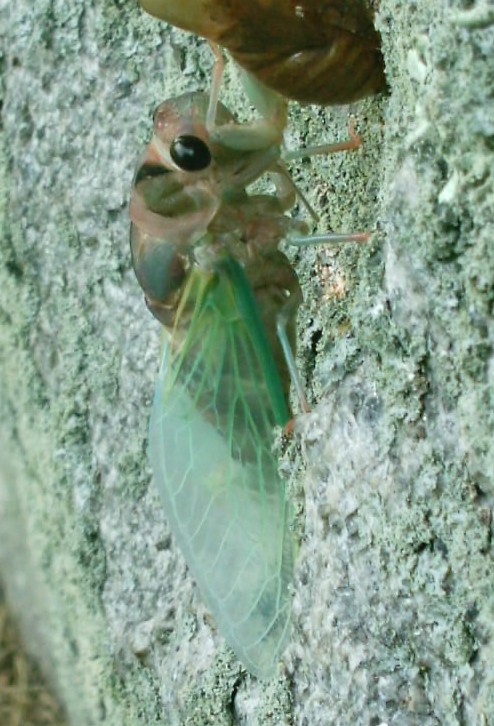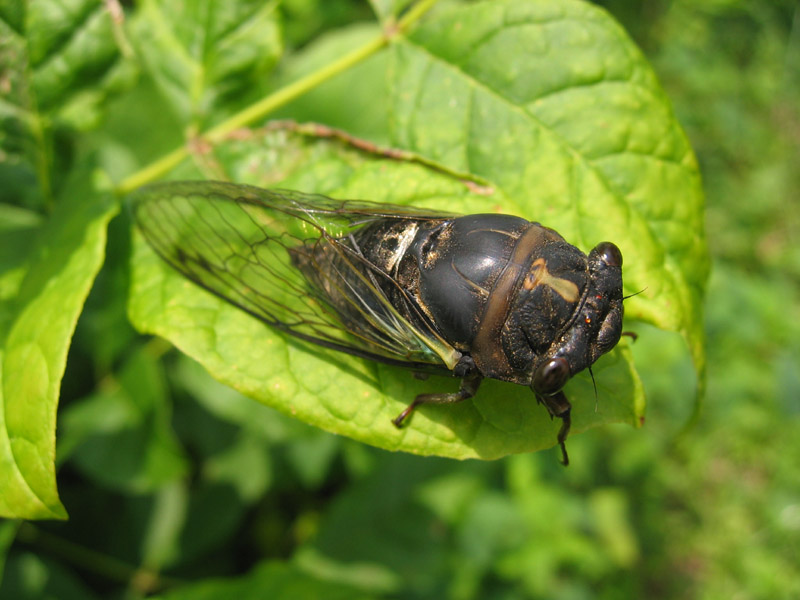View other parts of this set: part 1, part 2, and part 3.
Adam Fleishman has captured some amazing photos of Cacama valvata cicadas. They were taken in Tucson, AZ. Elevation 2,450 ft. See more of Adam’s work at his photography web site: Cometmoth Sight and Sound.

